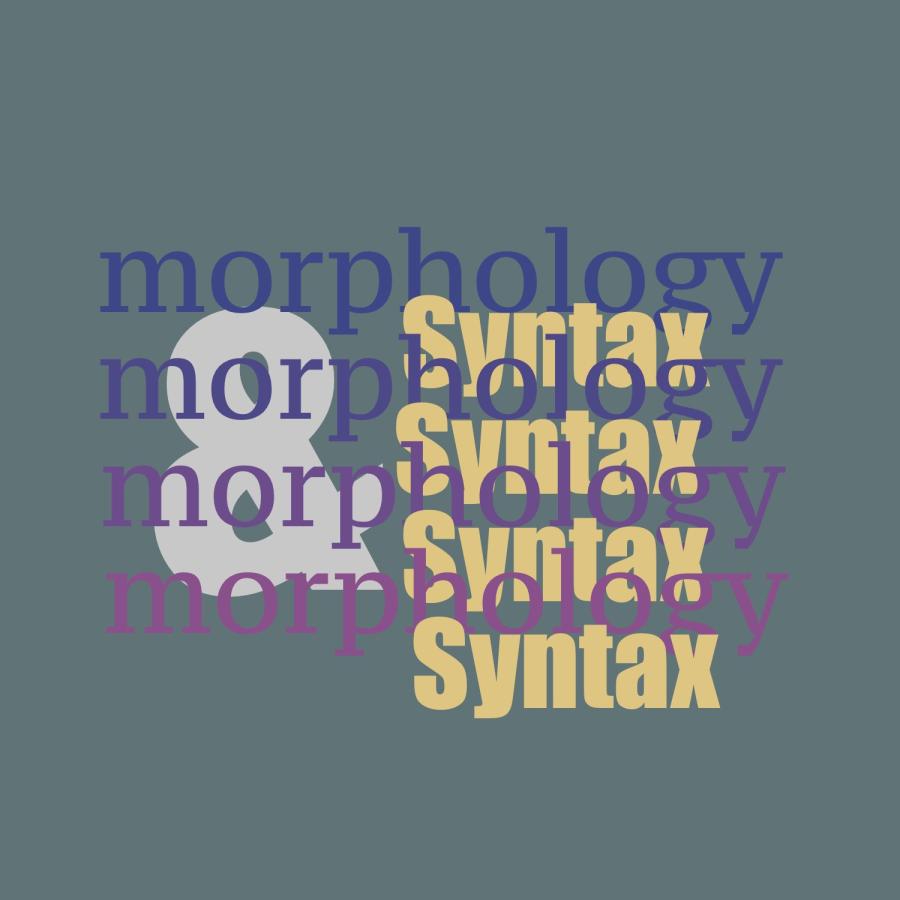Dear friends and colleagues,
In this week's meeting of the Morphology & Syntax Workshop, we will have Walther Glodstaf visiting from UIUC to give a presentation titled "Support from Priming for Case Morphology not being part of the Lexicon."
Please join us in Social Sciences Research Building, room 302, on Friday, March 22nd 2024, 12:30-2:30pm. The abstract for the talk is provided below.
Support from Priming for Case Morphology not being part of the Lexicon
That language is composed of different modules that are shared between languages of a bi-/multilingual speaker is by now a standard assumption within psycholinguistics (see for instance the shared syntax model (Hartsuiker, Pickering, & Veltkamp, 2004). An open question, however, is how much of the syntax is shared between the two languages. Are only word-level phenomena (such as word order) subject to priming, or can morphology also be primed? The question is important regarding morphology, since there is a debate whether morphology is simply syntax (Halle & Marantz, 1993; Starke, 2014; Krauska & Lau, 2023.), a dependent submodule (Jackendoff, 1997), fully independent (Müller, 2006; Müller & Wechsler, 2014) or independent but some morphemes are connected to syntax (Baker, 1985; Rizzi, Holmberg & Roberts, 2013). Purely psycholinguistic models dealing with priming also often assume explicitly or implicitly the presence of a shared lexicon as in Koutmanis, Koostra, and Dijkstra, and Unsworth (2023) for instance.
Presenting data from a cross-linguistic priming experiment for accusative case-form morphology and another experiment on accusative and partitive morphology in Finnish-English and Finnish-Estonian bilinguals, I argue that a lexicon that stores Case morphological information in its entry is unlikely, since only within-language priming was observed. Instead, the results provide evidence for a distributed network of representations that are mapped to each other via language-specific mapping rules as would be possible in non-lexicalist/DM models such as Krauska and Lau (2023).

